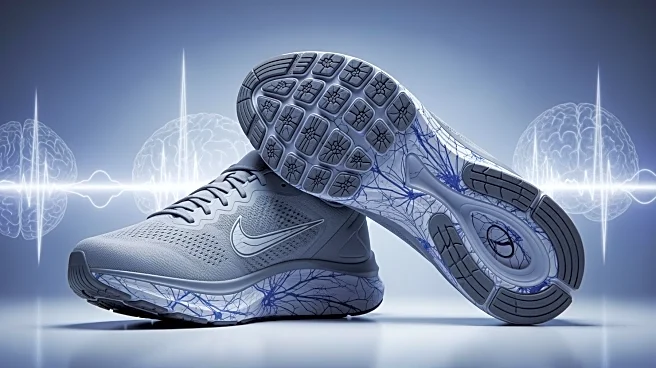What's Happening?
A recent study has examined the functional base of support (fBOS) across different age groups, revealing significant age-related declines in balance. The research, conducted at Heidelberg University, involved
34 older adults, 14 middle-aged adults, and 38 young adults. The study found that the fBOS area, which is crucial for maintaining balance, decreases with age. For younger adults, the fBOS area was about 22% of the footprint area, while for older adults, it dropped to 13%. This decline was most pronounced at the toes and heel, with no significant differences observed at the sides of the foot. The study also explored the relationship between fBOS and various factors such as sex, frailty, and walking speed, finding that while females are generally more prone to falling, there was no significant difference in fBOS area between sexes. The research suggests that the fBOS could be a useful tool in predicting balance issues and preventing falls among older adults.
Why It's Important?
The findings of this study are significant as they provide insights into the mechanisms of balance and fall risk among older adults. Falls are a leading cause of injury in the elderly, and understanding the factors that contribute to balance can help in developing preventive strategies. The decline in fBOS with age highlights the need for targeted interventions to improve balance and reduce fall risk. This research could influence public health policies and lead to the development of new therapeutic approaches to enhance stability in older populations. Additionally, the study's methodology could be applied to other age-related health issues, offering a broader impact on geriatric care.
What's Next?
Future research is needed to further explore the relationship between fBOS and other factors such as footwear and foot stiffness, which were not controlled in this study. Expanding the study to include a larger and more diverse group of older adults could provide more comprehensive data on the onset of fBOS decline. Additionally, integrating fBOS measurements into routine health assessments for older adults could help identify individuals at risk of falls earlier, allowing for timely interventions. The development of age-specific fBOS models could also enhance the accuracy of balance assessments in clinical settings.
Beyond the Headlines
The study's findings could have broader implications for the design of assistive devices and environments for older adults. Understanding the specific areas of balance decline can inform the development of supportive footwear, walking aids, and home modifications to enhance safety. Moreover, the research underscores the importance of maintaining physical activity and strength training in older age to mitigate balance deterioration. Culturally, this study may also raise awareness about the challenges faced by the aging population, prompting societal shifts towards more inclusive and supportive environments for the elderly.











